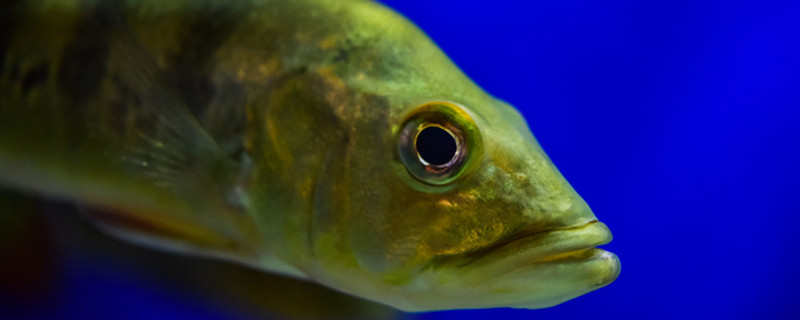
In the early classification of fish, they were mainly divided into two classes, one was Osteichthyes, the other was Chondrichthyes, and later Cyclostomata was added, but the structure of the latter was not quite the same as that of the fish recognized by people, so the first two species were collectively called true fish. Bony fishes are divided into two subclasses, namely Sarcopterygii and Actinopterygii, while Chondrichthyes are divided into Elasmobranchii and Holocephali.
Whether bony fish or cartilaginous fish, their appearance characteristics are similar, but the bones are quite different. In bony fishes, some or all of the skeleton has been ossified into hard bone, the scales are bony plates, and the skull has seams. The bones of cartilaginous fish are composed entirely of cartilage, although calcified, but there is no real bone tissue. This kind of fish's exoskeleton is not developed, some even degenerate, the body surface is the shield scale.
Bony fish gill interval degenerated, at the same time with the opercle, caudal fin for the straight tail type, up and down is symmetrical, the internal tail vertebra end up. In addition, most bony fish have a swim bladder, which regulates the specific gravity of the body, so that they can float and sink better. Chondrichthyes have a crooked tail fin, some even whip-like, gill slits will be exposed alone, and there is no swim bladder, but their liver hypertrophy can regulate the body's specific gravity.